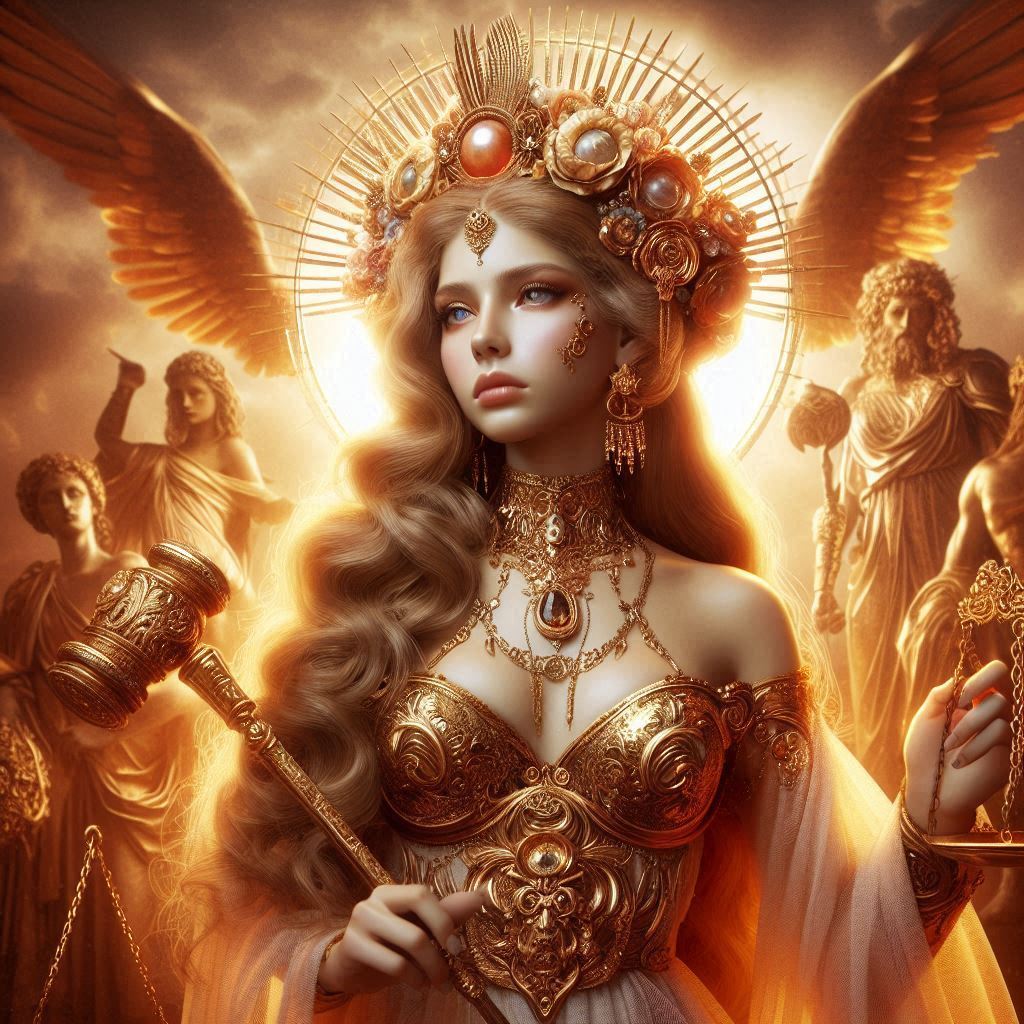Table of Contents
Exploring the Themes and Symbolism in Spirited Away
Hayao Miyazaki’s Spirited Away (2001) is a masterpiece of animated cinema that transcends cultural and generational boundaries. Winner of the Academy Award for Best Animated Feature, the film tells the story of Chihiro, a young girl who stumbles into a mysterious spirit world and must navigate its dangers to save her parents and return home. Beyond its stunning visuals and compelling narrative, Spirited Away is rich with themes of identity, greed, environmentalism, and personal growth. This essay explores the film’s intricate symbolism, character development, and cultural significance, demonstrating why it remains a timeless work of art.

Plot Summary
The film begins with ten-year-old Chihiro Ogino moving to a new town with her parents. During their journey, they take a wrong turn and arrive at what appears to be an abandoned amusement park. Ignoring Chihiro’s protests, her parents indulge in a feast meant for spirits and are transformed into pigs as punishment for their greed. Chihiro soon discovers that she is trapped in a bathhouse for spirits, run by the tyrannical witch Yubaba.
To survive, Chihiro must work in the bathhouse, navigating a world filled with gods, spirits, and supernatural beings. With the help of Haku, a mysterious boy who serves Yubaba, and other allies like Lin and No-Face, Chihiro embarks on a journey of self-discovery. She learns the value of hard work, compassion, and courage, ultimately breaking the curse on her parents and earning her freedom.
Themes in Spirited Away
1. Identity and Self-Discovery
One of the central themes of Spirited Away is the struggle to maintain one’s identity in a world that seeks to erase it. When Yubaba hires Chihiro, she steals part of her name, renaming her “Sen.” This act symbolizes the loss of self that comes with conformity and exploitation. Throughout the film, Chihiro must remember her true name to retain her identity and return to the human world.
Her journey mirrors the challenges of adolescence, where individuals often feel pressured to conform to societal expectations. By reclaiming her name and resisting Yubaba’s control, Chihiro asserts her individuality and grows into a more confident and capable person.
2. Greed and Consumerism
Miyazaki critiques unchecked greed and consumerism through multiple characters. Chihiro’s parents are transformed into pigs because they indulge in food that isn’t theirs—a clear metaphor for gluttony and materialism. Similarly, No-Face, a spirit initially drawn to Chihiro’s kindness, becomes monstrous when he enters the bathhouse and is fed endless luxuries by greedy workers seeking his gold.
The bathhouse itself is a microcosm of capitalist excess, where spirits indulge in lavish treatments while workers toil under Yubaba’s oppressive rule. The film suggests that greed dehumanizes people, turning them into mere consumers or, in the case of Chihiro’s parents, literal livestock.
3. Environmentalism and Spirituality
Miyazaki’s works often emphasize environmental themes, and Spirited Away is no exception. The polluted river spirit that visits the bathhouse is a poignant symbol of environmental degradation. Initially mistaken for a “stink spirit,” it is revealed to be a river god suffering from human pollution. Chihiro’s act of cleansing it—pulling out a bicycle and other trash—reflects Miyazaki’s belief in humanity’s responsibility to heal nature.
Additionally, the film draws heavily on Shinto beliefs, where spirits (kami) inhabit natural elements. The bathhouse serves as a liminal space where gods and humans briefly interact, emphasizing the interconnectedness of all life.
4. Courage and Resilience
Chihiro begins the film as a whiny, fearful child, but her ordeal forces her to develop resilience. She takes on difficult tasks, stands up to Yubaba, and even confronts No-Face when he becomes a threat. Her journey is one of empowerment—she learns that fear can be overcome through perseverance and kindness.
Her bravery is most evident when she ventures into the unknown to seek Zeniba, Yubaba’s twin sister, despite the risks. This act of courage contrasts with her initial reluctance to enter the spirit world, showcasing her transformation.
Symbolism in Spirited Away
1. The Bathhouse as a Liminal Space
The bathhouse is a threshold between the human and spirit worlds, representing transition and transformation. It is a place where characters undergo personal changes—Chihiro matures, Haku regains his identity, and No-Face learns the consequences of his actions. The bathhouse’s hierarchical structure also mirrors societal power dynamics, with Yubaba at the top and workers like Lin struggling below.
2. No-Face: Loneliness and Desire
No-Face is one of the film’s most enigmatic figures. Initially silent and masked, he represents isolation and the hunger for acceptance. His transformation into a monstrous, devouring entity reflects how unchecked desire can lead to self-destruction. Only when Chihiro shows him genuine kindness does he find peace, suggesting that true fulfillment comes from meaningful connections rather than material wealth.
3. The Train Journey
One of the film’s most hauntingly beautiful scenes is Chihiro’s train ride to Zeniba’s home. The train moves across a vast, watery expanse, carrying silent, shadowy passengers. This moment symbolizes the transition between life and death, evoking a sense of melancholy and inevitability. It also represents Chihiro’s acceptance of her journey—she can no longer turn back and must move forward with resolve.
Cultural and Artistic Significance
Spirited Away is deeply rooted in Japanese folklore and Shinto traditions. The concept of kami (spirits) and the bathhouse’s function as a place of purification reflect cultural beliefs about respecting nature and the supernatural. Miyazaki’s decision to set the story in a bathhouse—a communal space of cleansing—further underscores themes of renewal and redemption.
Visually, the film is a triumph of hand-drawn animation, with intricate details bringing the spirit world to life. From the bustling bathhouse to the serene countryside, each setting is meticulously crafted to immerse the audience in Chihiro’s journey. Joe Hisaishi’s ethereal score enhances the film’s emotional depth, blending whimsy and melancholy.
Conclusion
Spirited Away is more than just a children’s film—it is a profound exploration of identity, greed, environmentalism, and personal growth. Through Chihiro’s journey, Miyazaki delivers a timeless message about the importance of courage, compassion, and self-discovery. The film’s rich symbolism, stunning animation, and cultural depth ensure its place as a classic that resonates with audiences worldwide.
By examining its themes and imagery, we gain a deeper appreciation for Miyazaki’s artistry and the universal truths embedded in Spirited Away. It remains a testament to the power of storytelling and its ability to inspire reflection and transformation in viewers of all ages.


No responses yet